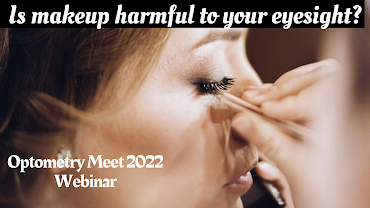What Role Does Physical Activity Play in Eye Health?
We keep in shape, feel healthier, and get stronger by eating correctly, getting adequate sleep, and exercising on a regular basis. We can lower our risk of chronic health problems like type 2 diabetes, high blood pressure, and heart disease, but one of the lesser-known benefits of a healthy lifestyle is how it affects our long-term eye health.
Sedentary Lifestyles Increase the Risk of Eye Disease
Let's start by looking at what can happen to our eyes if we don't stay active. As we age, it actually makes us more vulnerable to visual loss. Those chronic health issues we described before might have a significant impact on our vision. Diabetic retinopathy, diabetic macular edema, and glaucoma are all risk factors for cataracts, diabetic retinopathy, diabetic macular edema, and glaucoma.
Our eyes (along with the rest of our immune system) won't have the finest weapons to protect against infection if we don't obtain the necessary nutrients from a balanced diet or get enough rest to recover.
How We Reduce the Risk Factors of Eye Disease
Staying active is beneficial to our eye health and reduces our risk of developing sight-threatening disorders, but how can we keep active? We can reduce our risk of getting age-related macular degeneration by as much as 75% while also lowering our risk of glaucoma by 25% by simply exercising three times a week. We should also make sure to include a lot of vegetables in our diet.
Make Room for Regular Eye Exams
While diet and exercise can help with overall health, it's still vital to see the doctor — particularly the eye doctor — on a regular basis. We want to ensure sure everything is in good working order and that all of your medicines are up to date. Early detection is also the finest tool we have to fight back against many sight-threatening disorders.



Comments
Post a Comment